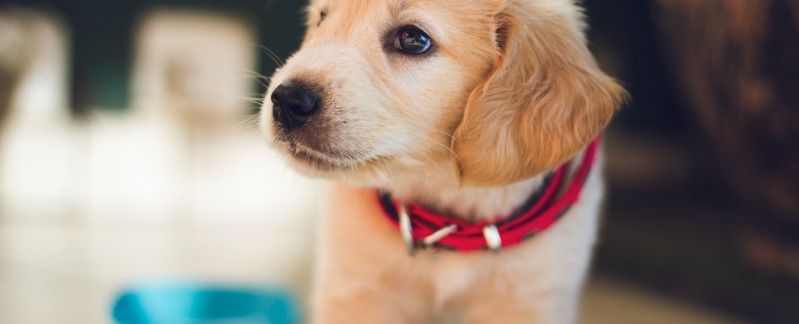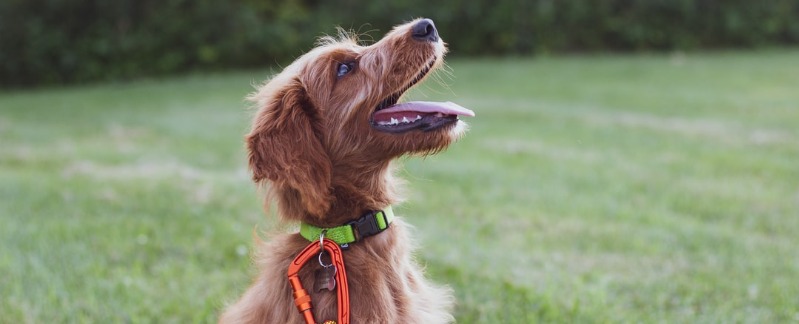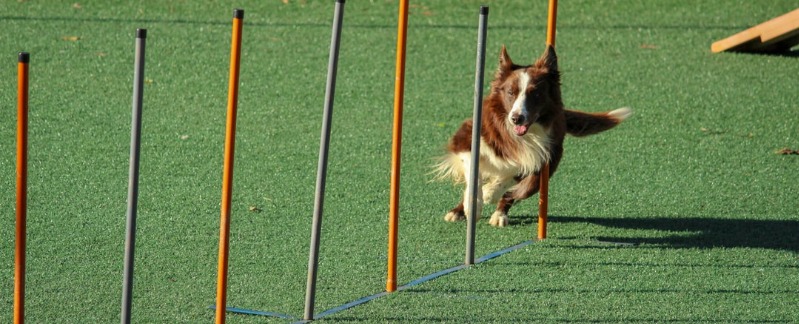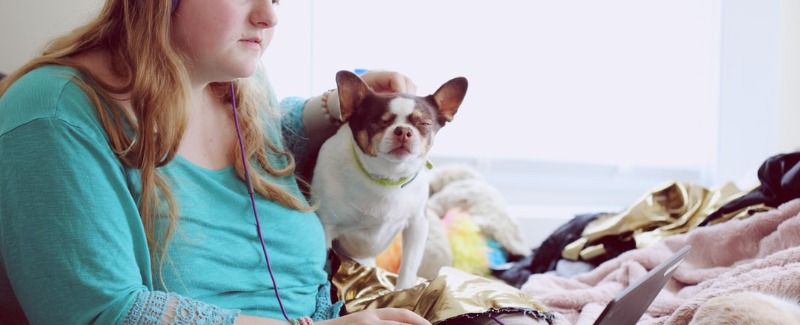Trick training is more than teaching your dog cute behaviors. Like all training, trick training helps your relationship with your dog, improves your timing, and reinforces your dog’s other training. And if you do therapy work with your dog, your audience is likely to be very appreciative of even the simplest tricks.
Capture It
Shaping is the primary method you’ll use to teach your dog most tricks, although you’ll combine it with some luring and modeling as well. But there are some behaviors that your dog already offers; you just have to get them on cue. Behaviors that you can “capture” and then name include barking, sneezing, yawning, and pawing. Anything that your dog does that you want him to do again is something that you can mark with your CR (say “Yes!,” click, and so on) and reward.
Your CR will have to be well established for your dog to realize that you’re marking something he’s done. Remember, the CR bridges the gap between what your dog did and the treat, so make sure you follow your CR with a treat to build behaviors quickly. Don’t name a captured behavior until your dog is predictably offering it, expecting it to be marked and rewarded. Once you have stimulus control of the behavior (your dog will do it when you say it), don’t mark or reward it if your dog offers it without being asked.
Make It Happen
For some tricks, you’ll need to aid your dog in some way to get the trick to happen. You can use food lures to easily teach your dog to crawl, roll over, sit pretty, dance, and spin to the left and right. Remember to keep lures close to your dog’s nose and only move them at the speed she’s following. If you need to, break up the finished behavior into small segments for CR/ reward, then raise the criteria for reward until the behavior is complete.
When you ignore your dog for offering behaviors you didn’t ask for, be prepared for him to go through what is known as an extinction burst, which means he’ll try harder before he gives up. Think about the last time you were waiting for an elevator and it didn’t come as quickly as you expected, or at all. Did you press the button again, maybe several times, rapidly? After a while, you either waited, or took the stairs. That button –pressing frenzy is an extinction burst.
For example, to teach your dog to roll over using a food lure, you would start with your dog in a down position. Lure from your dog’s nose, to the floor, and then to her side next to the last rib. Move the lure up the rib, toward the spine. Some dogs will lie flat on their sides without help at his point; others need a little pressure on the shoulder to help. If you want you can stop and name (side, bang, play dead) this part of the behavior before proceeding.
Continue luring around to the other side until your dog is belly up. Again, you can name this separately. Continue the lure until your dog is all the way over. This is not a trick to force; it’s not easy for some dogs, and can even be painful for dogs with back problems. Make sure your dog is completely relaxed and comfortable at each stage of the behavior before proceeding to the next step. If you’re going to name each part of the behavior, only work on one named part per training session.
You can also use physical aids to help behaviors happen. Physical aids can include barriers for your dog to crawl under, or to help him learn to back up in a straight line. You might also use targets to teach your dog to go to, touch, mouth, paw, sit, or lie on very specific places or objects. You might even use a physical aid to get your dog to bark, by knocking on a wall or ringing the doorbell. And there’s nothing wrong with giving your dog a little help by physically positioning him so you have something to reward. This could be as simple as picking up his foot and placing it in your other hand to teach him to “shake” if you can’t get him to offer it on his own.





